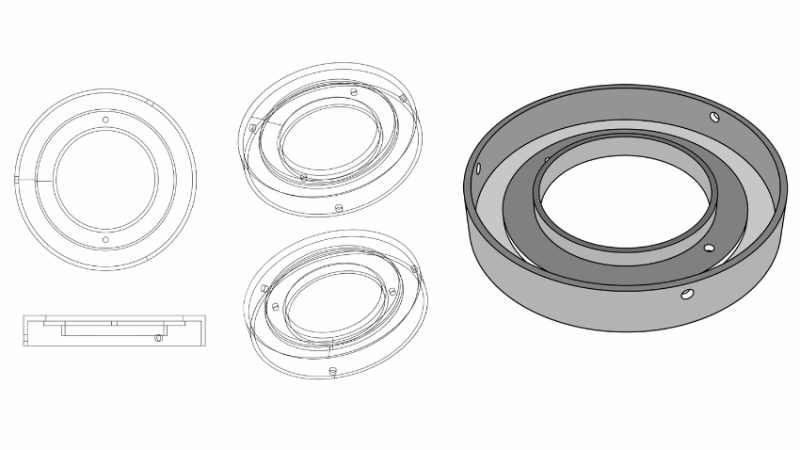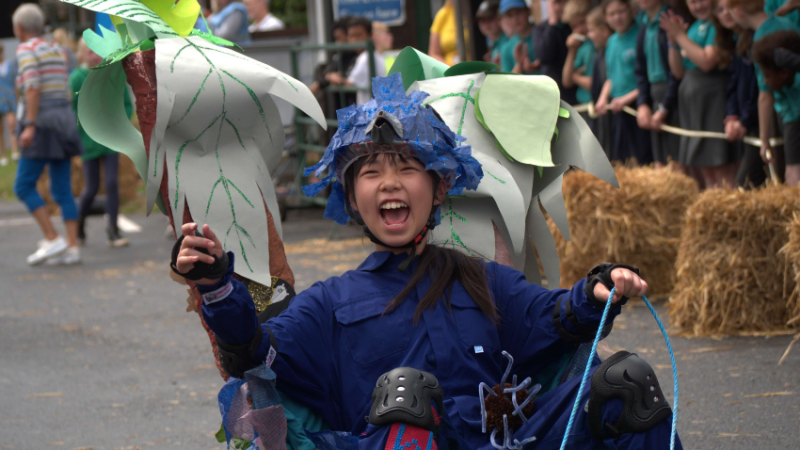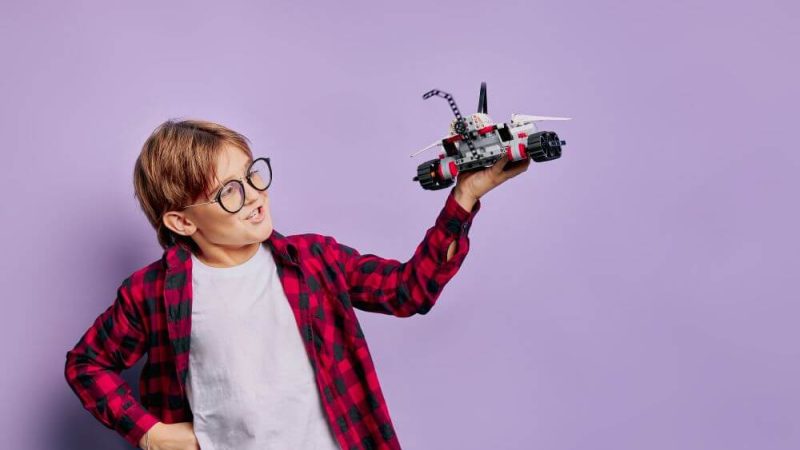LEGO Challenge – ‘Aiming High’ Lesson Plan
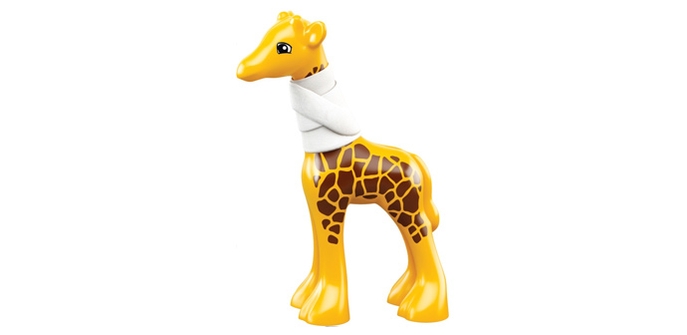
LEGO isn’t just for free time or wet play, says Rob Widger. It’s the ideal resource for problem-solving activities that piece together different blocks of the curriculum…
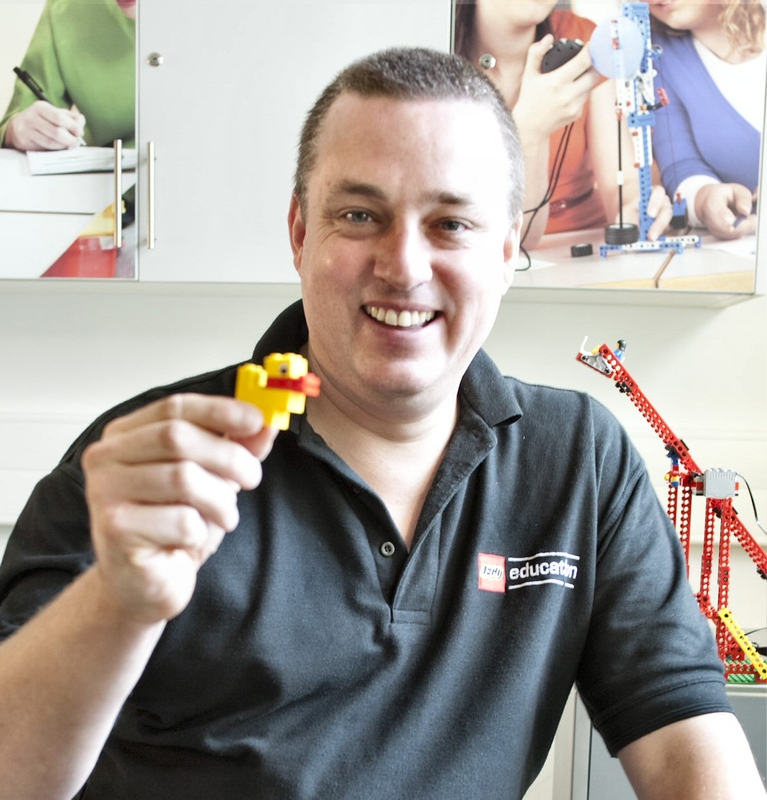
- by Rob Widger
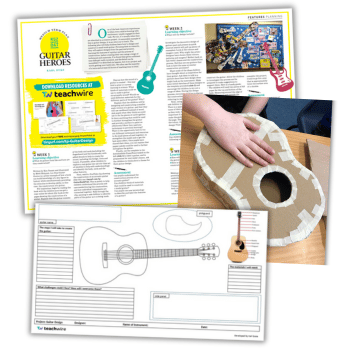
Treating a sore throat is no easy matter when your patient is 20 foot from the ground. So when Gina the giraffe gets a gammy gullet, your pupils will have to get creative if they’re to find a way of helping the vet to safely administer some medicine…
By taking on the challenge, the children’s main focus will be design and literacy – but they’ll also need to use teamwork, problem solving and fine motor skills if they’re to be successful.
The challenge is simple…
• Build a model to allow the vet to climb up and administer medicine to Gina the giraffe • The design has to be safe for the vet and Gina • It must enable Gina to receive the medicine orally
Use a suitable cuddly toy to represent Gina.
1. Connect
I introduce Gina to the class while holding her round the neck. Many pupils will point out that by strangling Gina, I am giving her a sore throat. Bingo! We’ll need to call the vet so she can help Gina – the prized animal at the LEGO Zoo – get better before the first day of the tourist season.
The challenge is then set set for children to think of a solution that will allow Gina to receive her medicine. Depending on your pupils, you might want to set design parameters to which they must adhere, such as only using so many pieces, or that the model must reach a minimum height.
You could make it so that the models have to be realistic, or you might prefer to allow more fantastical designs that lead to creative storytelling. Introducing counting and sorting tasks is a good way to include numeracy skills.
2. Construct
Encourage the children to discuss their ideas first before they start building. This challenge can be attempted in groups ranging from two to six pupils.
It is important to decide upon design criteria. You can set your own, but the following provides a good starting point:
• The medicine must be given orally • The vet and Gina must be safe at all times • Gina must not be scared or hurt in any way, or else she won’t be fit for the opening day of the zoo
3. Contemplate
Once your pupils have nearly completed their first design, ask questions that encourage further problem solving. Are their models safe for the vet to climb? Are there safety rails in place? Could the vet use a safety rope? How could you make this? What else can the barriers be used for? How can we make Gina feel safe and want to approach the model to receive her medicine? Are we going to trap Gina?
These types of questions are an excellent way to get children to rethink their designs and consider different solutions to the problem.
4. Continue
For those children who have progressed quickly, or as an additional activity, there are a host of areas for continuing their learning.
Ask the pupils to develop their designs further by making them portable. Can wheels be added? If their design has wheels, ask them to make a stationary design.
Set up a shop in the classroom and provide the children with a limited supply of plastic money to buy boxes of bricks. This will bring numeracy into the activity. Who can build the cheapest solution? How many bricks did it take to come up with a workable and cost effective design?
Having carried out this activity many times, I find that children will want to share the full story of Gina and the vet with you. This present us with a further opportunity to bring in creative writing or storytelling.






